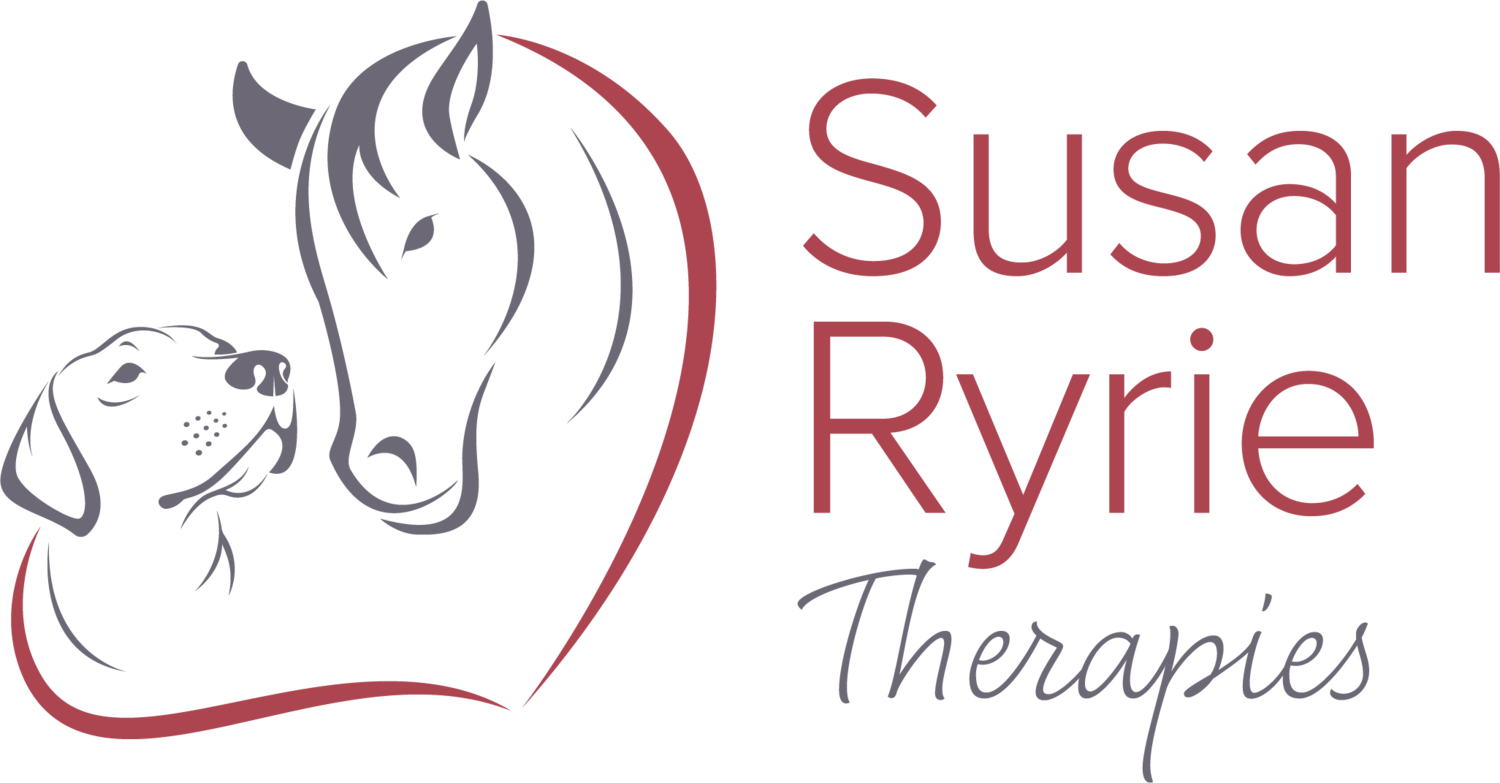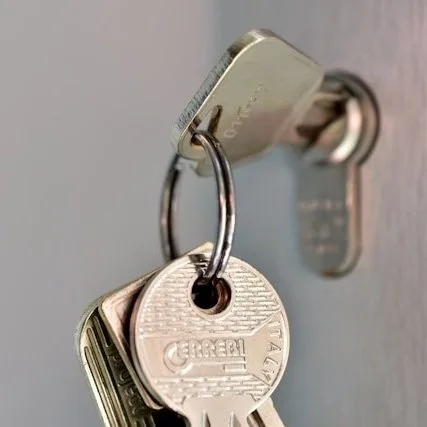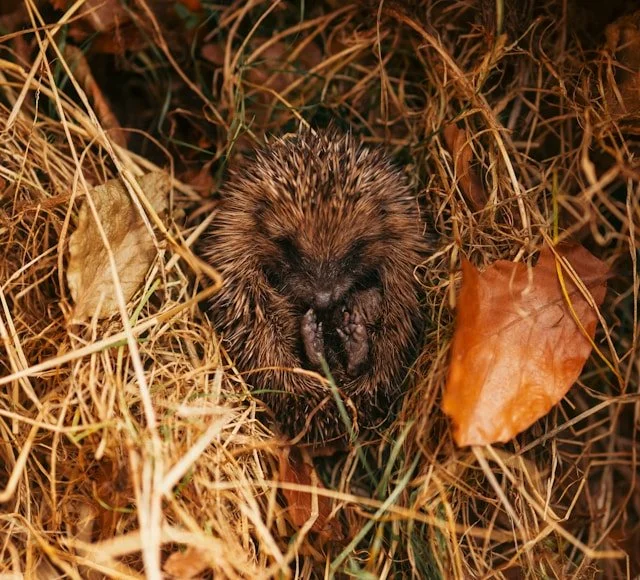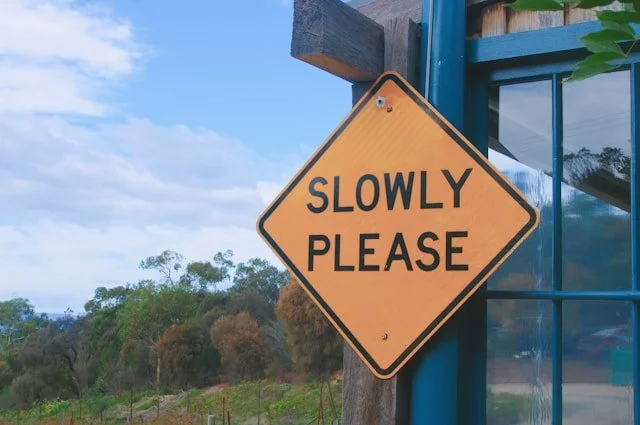
Somatic Movement Exercises
This month I have been busy launching my first classes to teach somatic movement exercises.
It has occupied my mind most of the time, which is why many of my FB posts have followed this theme.
Release of tension - including tension that has built up through stress - is a key component of these exercises. This little cat in the picture above is instinctively releasing stress and resetting correct muscle tension throughout its body with this simple pandiculation movement.
These benefits are available to all of us. I think of them as a true self-help version of the muscle release bodywork techniques that I use.
Travelling in time?
I guess we would all like to feel a bit younger ..
Thomas Hanna, who developed the original somatic movement exercises, wrote a book that he entitled ‘Somatics: Reawakening the Mind’s Control of Movement, Flexibility and Health’.
A long title! But a central theme is quite simple. Many changes that we regard as inevitable consequences of aging can be described instead as a symptom of what Hanna referred to as sensory-motor amnesia.
Think of this as an accumulation of habits of posture and movement. Habits that hold tension in particular muscles, and habits that cause a reduction in proprioception (body awareness).
Hanna designed his exercises to reverse this process. He used the word ‘reawakening’.
I love this quote from Hanna’s book …
“… it is the right method and the right understanding of somatic practice that is the key for unlocking the magic of the human central nervous system, and of keeping it unlocked during the whole of one’s life.”
Three levels of control
Conscious control; habit; reflex.
Our posture and movement are produced by muscles pulling on bones.
The muscles pull or release in response to signals that travel through the nervous system.
I like to make a simplification which describes these signals as originating from one out of three possible parts of the nervous system.
Conscious control comes from the ‘thinking’ part of the brain. It is this that we use, or our horse is using, when learning a new skill.
Habitual control comes from the ‘non-thinking’ part of the brain - the ‘autopilot’. This is what is being used when the movement or posture begins to feel automatic and easy. It is faithfully re-enacting what has been repeated consciously in the past and requires little mental effort.
Reflex control doesn’t even come from the brain at all. The signalling just passes between the muscle and the spinal cord. We have no conscious control over this.
Conscious control
This requires intense mental focus.
We have probably all seen infants concentrating hard as they make their early attempts at walking.
Most horse riders will remember the difficulty of mastering rising trot.
Drivers will remember the challenge of coordinating clutch, accelerator and handbrake when they were first learning.
These were new skills that needed to be learned. New coordination that needed to be developed. There are many other examples. The common factor is the intense mental focus that was needed to carry out the unfamiliar movement.
This mental effort leaves little opportunity for the brain to process any other information. It leaves the organism (person, animal ..) vulnerable. If you are concentrating hard on how to walk you may not have seen the tiger that is about to eat you!
To allow movement as well as keeping watch for potential threats the brain makes use of habits and autopilot control. Patterns of muscular activity (movements) that are used repeatedly are ‘recorded’ so that the ‘recipe’ can be used in the future to produce the same movement but with little conscious involvement. This is the basis of learning any skill and it is highly efficient.
Unconscious control
Habits of posture and movement.
As a new skill is being learned, there comes a time when it starts to feel easy and natural. It requires much less mental effort, and we may even find ourselves distracted by other thoughts as we carry it out.
At this point, the ‘recipe’ has been ‘recorded’ and the habit has been developed.
Habits are literally ‘hard-wired’ into the brain in the form of a neural pathway.
Neural pathways take time to develop, and their ‘growth’ is triggered by repetition of the posture/movement/activity.
Once the habit has been formed it is controlled by the non-thinking part of the brain that I refer to as the autopilot.
The autopilot’s job is to repeat over and over again, what has been done over and over again in the past. It does not make deliberate changes to the pattern. Nor does it distinguish between ‘the good, the bad and the ugly’. All are faithfully repeated just as they have been ‘recorded’.
Once the autopilot has set out on its mission, it is very difficult to stop! It is difficult to control the movement pattern once it has started. However, we do have conscious control over what habits are developed in the first place.
Reflex control
This is purely instinctive.
Reflex control is purely instinctive. It is activated by the sympathetic part of the nervous system in response to a variety of ‘alarm’ signals.
Two common reflexes produce particular postures.
The freeze reflex causes us to flinch and perhaps curl up defensively somewhat like a hedgehog.
The fight reflex causes us to make ourselves look bigger, perhaps bracing and arching our back.
When these reflexes are repeated - yes, you guessed? - they can lead us to develop postural habits. For example, the hunched shoulders from the curled posture are very difficult to consciously straighten and the arched lower back of the braced posture is very difficult to consciously release.
Reawakening the mind’s control
Somatic exercises.
The somatic exercises that Thomas Hanna developed are carried out so slowly that they require a lot of mental focus. They are done with deep conscious control, allowing no room for the autopilot to act. Previous habits are excluded, allowing completely new patterns of movement to be formed.
The exercises actively encourage body awareness. This retrains proprioception allowing us to regain a greater level of conscious control over our bodies. ‘Reawakening’.
The exercises make very clever use of the force of gravity to achieve a complete release and relaxation of muscles. In this way they tackle what is perhaps the most insidious habit that all bodies develop - the habit of retaining unnecessary muscle tension.
Unnecessary muscles tension makes us feel stiff and restricts our movement. It saps our energy; and it is a common source of pain.
The somatic movement exercises remove restrictions of muscle tightness that have developed within the body due to years of ‘wrong learning’, whether through deliberate movement or instinctive reflex.
It can be surprising to find that once muscle tension is released and habits overwritten your body is capable of many types of movement that you believed had become lost with your youthfulness. To return to the quote from Thomas Hanna above, the somatic movement exercises provide a key to unlock the potential of better movement and improved comfort that lies within us all no matter what our age. I believe they do this in a uniquely powerful way.







